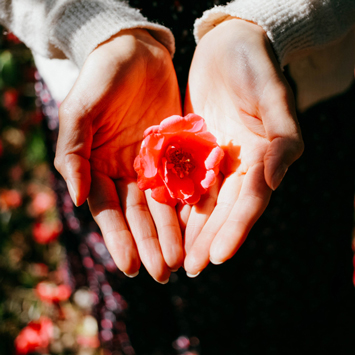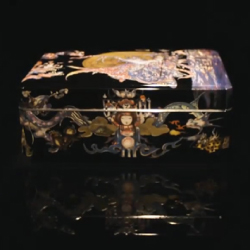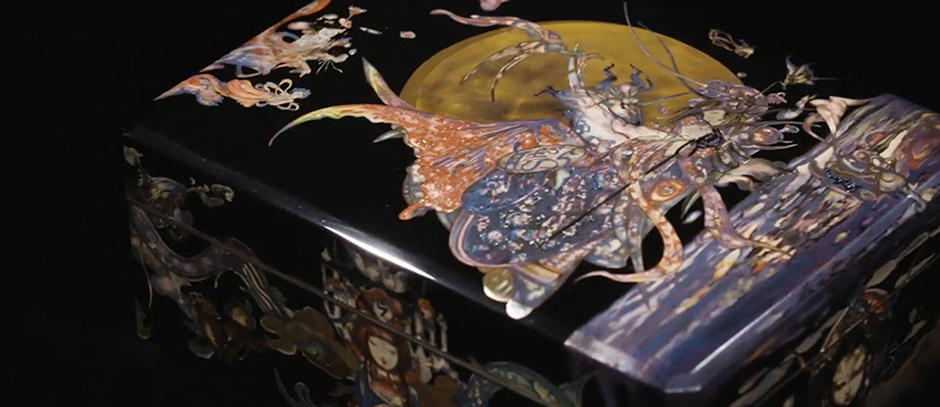
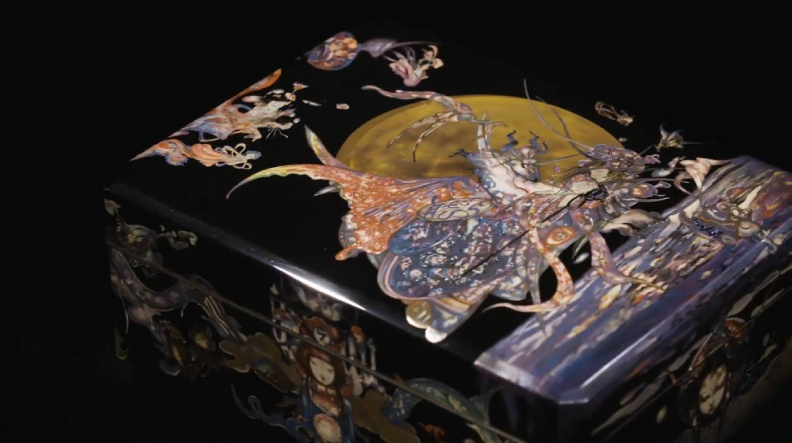
Timeless Legacy:
Boxing Japan’s Sacred
Imperial Objects
Boxing Japan’s Sacred
Imperial Objects
In Japanese culture, even everyday objects pulse with deep levels of
meaning and beauty…. but three mysterious imperial treasures take
this object veneration to a new level
meaning and beauty…. but three mysterious imperial treasures take
this object veneration to a new level

These are the conjectural images of the
Imperial Regalia
of Japan. These three objects remain mysterious that even the Emperor has never seen them. (online
images)
As the world watched the historic ascension of Emperor Naruhito to the Chrysanthemum Throne on May
1, many were curious about the silk-wrapped boxes which played a central part in the royal
ceremonies.
Alas, like eager Bridal Shower guests assessing the gift table, we can only guess at the contents. No living eyes – not even the emperor’s – are allowed to gaze upon the objects inside the boxes. These are the most sacred items in Japan, national regalia so important to Japanese culture their protection is said to have altered the course of history. The last emperor to try lifting a box lid was terrified by a malevolent cloud of white smoke pouring out… he never tried again!
Alas, like eager Bridal Shower guests assessing the gift table, we can only guess at the contents. No living eyes – not even the emperor’s – are allowed to gaze upon the objects inside the boxes. These are the most sacred items in Japan, national regalia so important to Japanese culture their protection is said to have altered the course of history. The last emperor to try lifting a box lid was terrified by a malevolent cloud of white smoke pouring out… he never tried again!

In Shintoism, it’s believed that every object has a soul – and nowhere is this beautiful concept
painted more vividly than in these royal traditions and customs. The treasures are deeply symbolic:
legend has it, the longer oblong box contains a grass-cutting sword, Kusanagi no Tsurugi, once used
to slay an eight-headed serpent and representing courage and bravery. A green jade, Yasakani no
Magatama, represents benevolence. Meanwhile Yata no Kagami, the eight-sided mirror, represents
wisdom and honesty.

A deep aesthetic tradition
For lovers of Japanese beauty, there’s as much art and soul in the boxes themselves as their symbolic contents. Historically tamatebako (boxes used by aristocratic women to personify their beauty and talents) were decorated in maki-e, an ancient Japanese craft using gold and silver powders to adorn the tamatebako with wildlife, cherry blossoms and rugged mountain scenery.
Japanese beauty firm SHISEIDO has been inspired by the aesthetics of Japanese art and design since it was founded in 1872. The firm’s new Beauty Transcends Time project is dedicated to the intelligence, heritage and skills behind Japan’s ancient tamatebako boxes, and has elevated the traditional cosmetics box with a modern feel.
For lovers of Japanese beauty, there’s as much art and soul in the boxes themselves as their symbolic contents. Historically tamatebako (boxes used by aristocratic women to personify their beauty and talents) were decorated in maki-e, an ancient Japanese craft using gold and silver powders to adorn the tamatebako with wildlife, cherry blossoms and rugged mountain scenery.
Japanese beauty firm SHISEIDO has been inspired by the aesthetics of Japanese art and design since it was founded in 1872. The firm’s new Beauty Transcends Time project is dedicated to the intelligence, heritage and skills behind Japan’s ancient tamatebako boxes, and has elevated the traditional cosmetics box with a modern feel.
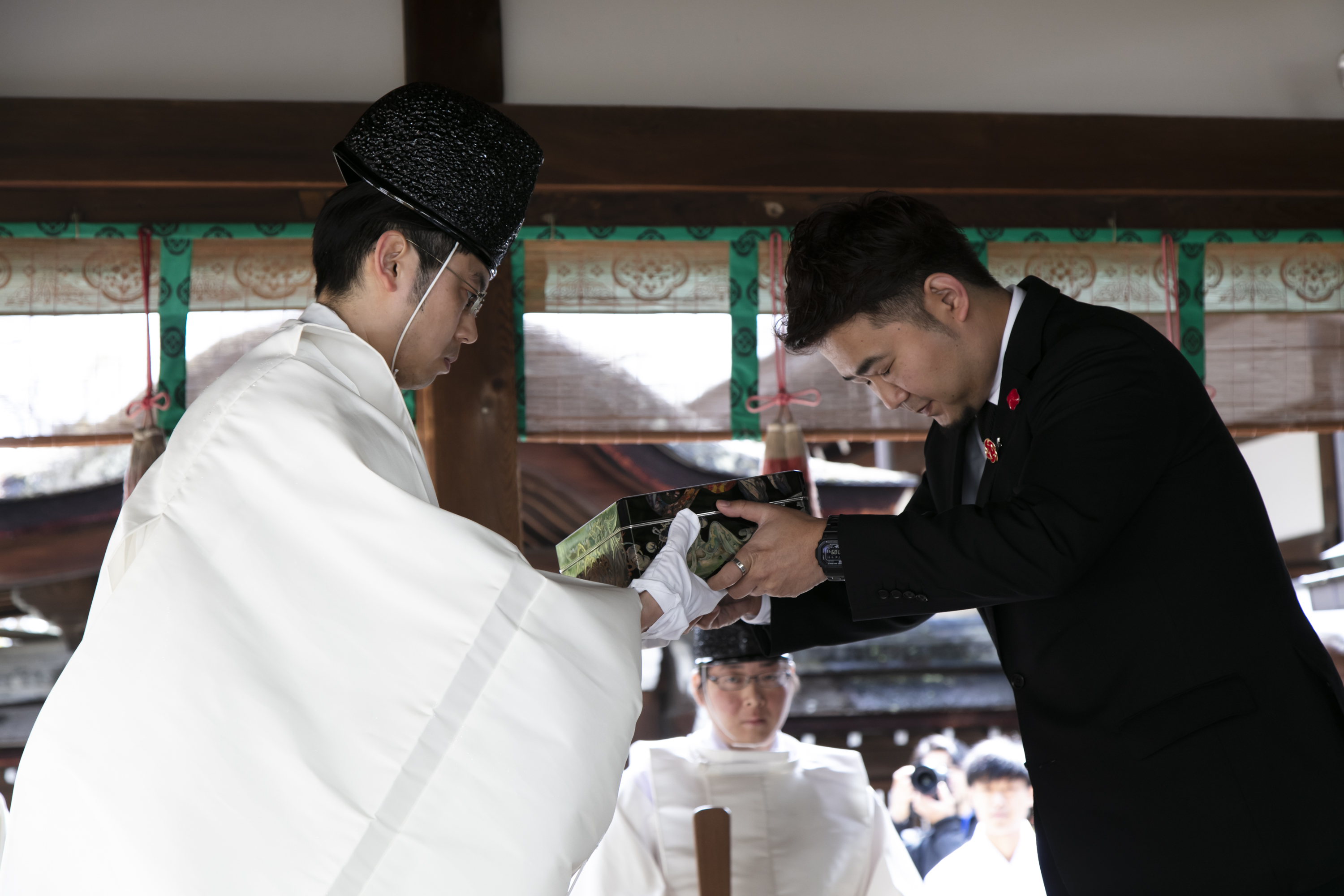
Three elements combined to produce SHISEIDO’s masterpiece, taking six months from start to finish:
first, the birth of a waka, a Japanese poem on beauty written by Dr. Motoaki Shinohara of Kyoto
University. Next, illustrator Yoshitaka Amano (more commonly known as the illustrator behind the
Final Fantasy videogame series) translated the poem into exotic ethereal art. And finally, master
lacquerware artist Zohiko painstakingly applied the artwork to the tamatebako.
The finished product has been enshrined into a Japanese temple: visit the Shimogama Shrine in Kyoto to be inspired by the timeless allure of every soulful object. But be careful…. don’t open the box!
The finished product has been enshrined into a Japanese temple: visit the Shimogama Shrine in Kyoto to be inspired by the timeless allure of every soulful object. But be careful…. don’t open the box!




